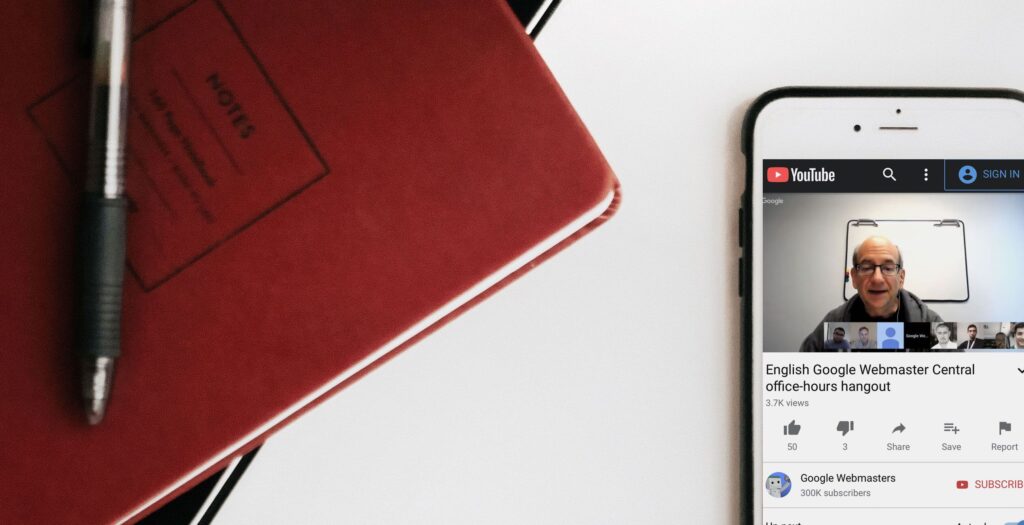In Friday’s Google Webmaster Hangout, John Mueller explained more about Sitelinks Searchbox markup, stated that 301 redirects should be kept in place for at least a year and answered a couple of questions on app indexing, as well as covering a few other useful details. Here are our highlights.
2:02: Internal links should use canonical URLs
You should only link to canonical URLs within your site: avoid internal linking to non-canonical URLs.
“We do take a look at the canonical but we also take a look at how you link within your website and if that doesn’t align then we don’t know which version to pick [for indexing].”
21:13: Clean HTML and structured markup help Google better understand context
In response to a question about whether Google considers structured data as a ranking signal, John said “In general, no.”
Expanding on this point, he explained that Google uses structured data as a way to understand more about the context of a page, which could indirectly affect search traffic. For example, rich snippets themselves aren’t a ranking factor, but sometimes they can lead to more visible search results, which can then in turn lead to more people clicking on your link, even though it might be ranked lower.
Additionally, John said that when sites implement structured data they tend to also implement a very clean HTML format (perhaps switching from a messy format to a cleaner one when creating structured markup) which can help Google better understand the context of your content.
22:50: Sitelinks Searchbox markup won’t make it appear
Adding the Sitelinks Searchbox markup won’t automatically mean the box will show up for your brand terms, but Google will use the version you have specified when it does show up (ie. when they think the box could be useful for users).
24:16: Keep 301 redirects in place as long as possible
Although Google is able to recognize a site move as a permanent move (John mentioned that the process for recognizing this can take six months to a year) that doesn’t require the redirect anymore, some links may not remain completely redirected if the 301 is removed.
This also becomes a problem if there are still links to the old version: if users are still clicking through to these links in search results, then there’s a chance they will be served the old version.
(Side note: if there are still backlinks to the old version, then users will definitely get the old version if the redirect is removed.)
26:29: Noindexing paginated pages is OK
In terms of SEO this is fine, although it doesn’t really make sense, since you’re telling Google that these pages belong in a set, but you’re also making that markup useless by telling Google not to index most of the pages in that set. But John advises basing your decision over what to canonicalize/paginate/noindex on what is best for your site and which pages have value in search results.
(Side note: Using a canonical tag with rel next/prev makes much more sense than using it with noindex. Google recommends using this canonicalizing method when you have a view-all page. Although John didn’t mention this option, it’s standard practice and is fine to use where relevant. Read more at our pagination and canonical tag guides.)
30:35: The IOS app indexing system may change in the future
It seems the configuration methods might change based on a future IOS release.
40:44: Only use indexable canonical URLs for app deep links
“Pick the canonical for that content that you want to associate with your app page and use that as the one to pivot from for the app pages.”
45:40: Don’t use HTTP Vary for mobile pages
The Vary HTTP header only needs to be used where the content of the page changes dynamically depending on the user-agent. If you’re serving mobile and desktop content on the same URL and the content changes dynamically based on the user-agent, then definitely use the Vary HTTP header.
If you simply have separate mobile and desktop URLs, you don’t need to use the Vary HTTP header.



